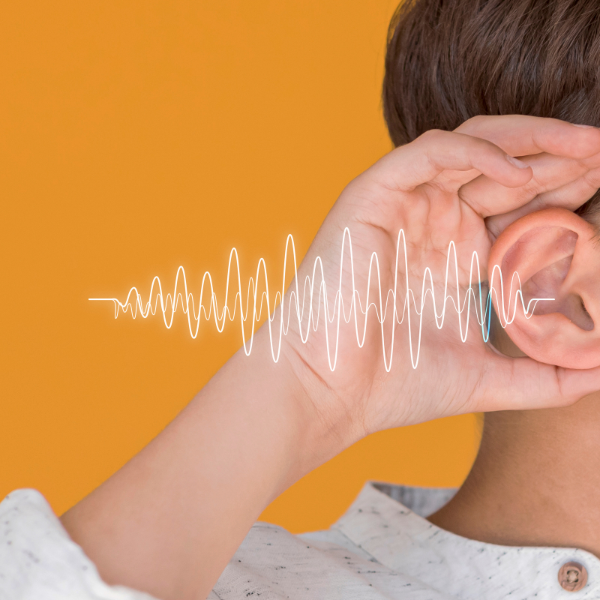Today’s youth have more access to cutting-edge technology than any previous
generation. For instance, a recent Statista survey revealed that a growing number of
children have electronic devices at home. Respondents stated that up to 94% of children live in a home with a smartphone, while another 87% said the same about desktop computers and laptops. At the same time, most children today report using technology for various activities, ranging from entertainment to education. Moreover, there are more child-tailored technologies, like our TickTalk 5 smartwatch for kids, on the market than ever before.
Specially designed for kids between the ages of five and 12, this wearable smart tech enhances modern-day connectivity while satisfying the demands of the digital era and maintaining children’s online safety. That said, another reason why children today have more access to technology is because of how it can help with specific health conditions. Specifically, a number of technologies can help support kids struggling with hearing loss.
As a chronic condition that affects upwards of 34 million children globally, hearing loss can be a challenge for children’s cognitive, physical, and emotional development if unaddressed. If your child is struggling with hearing loss, here are a few ways that tech can help them:
Improved environmental immersion
A common hurdle for those with hearing loss is a lack of directional hearing. As a result, sounds seem muddled and hard to identify. This can be very overwhelming and isolating, especially for a young child who is just discovering the world. Thankfully, advanced hearing solutions are targeting this precise pain point. Case in point, Nuance hearing glasses, which offer an intersection between hearing and sight, make use of beamforming technology. With this, users can calibrate the air conduction hearing aid integrated into the frames so that background noise is filtered out. This allows users to hear and focus on a single sound source more clearly.
Conversely, these hearing aids can also be adjusted for 360-degree sound amplification for times when you want to really connect with the world around you. For younger wearers, such tech can help them more comfortably and confidently immerse in different settings, so they don’t feel like they’re missing out.
Better remote communication
Many with hearing loss depend on their sight to communicate, whether it’s via reading lips or signing. As a result, older methods of remote communication, like phone calls, were essentially inaccessible. With the advent of video calling, though, even those with total hearing loss can speak with others from afar. For kids, this is particularly helpful as they’re now better able to participate in distance communications, like online schooling. In a pinch, children can even contact trusted hearing adults via video call and ask them to interpret in situations where they need help conversing with those around them.
Such video calling features are available on most smart gadgets, including the TickTalk. Using the free app, parent-approved contacts can be contacted by children for video calls. To make this function even safer for kids, FaceTalk has a three-minute limit to prevent unwanted data charges, battery surges, or temperature changes.
Enhanced day-to-day independence
Independence is critical in children’s development, as it influences their mental well-
being and practical life skills. With hearing loss, though, some may feel like they’re not as capable as those around them, given the need for certain assistance. This is where alerting devices come in handy. Using either visual cues or physical stimuli, like vibrations, these devices alert users to different events that would otherwise be noticed through sound.
For instance, unlike a regular alarm clock that uses a ringing or blaring noise to wake a person up, an alerting alarm clock may use a gently shaking motion instead. Brands like Tabtime even offer this kind of alarm clock in an armband format with 10 different vibration settings. This way, there’s no chance of missing the alarm since it’s directly on the wearer. For children, using these technologies can assure them of their capabilities and help them learn to stand on their own.
Article written by Rosy Johns



Share:
Do Kids Smartwatches Have Parental Controls?
Are Smartwatches Safer Than Smartphones For Kids?